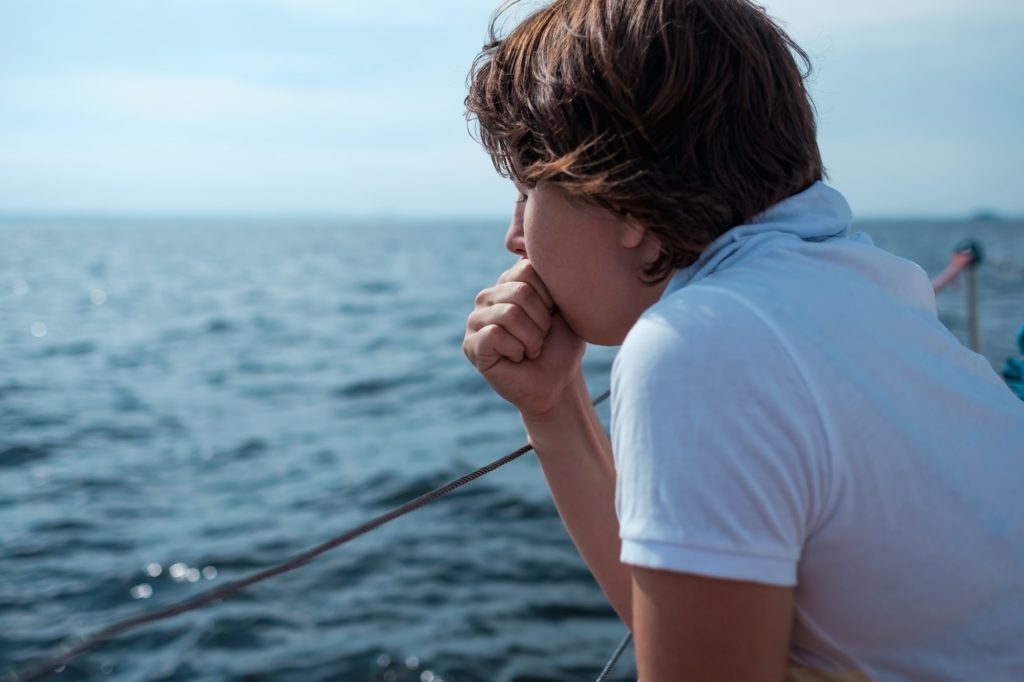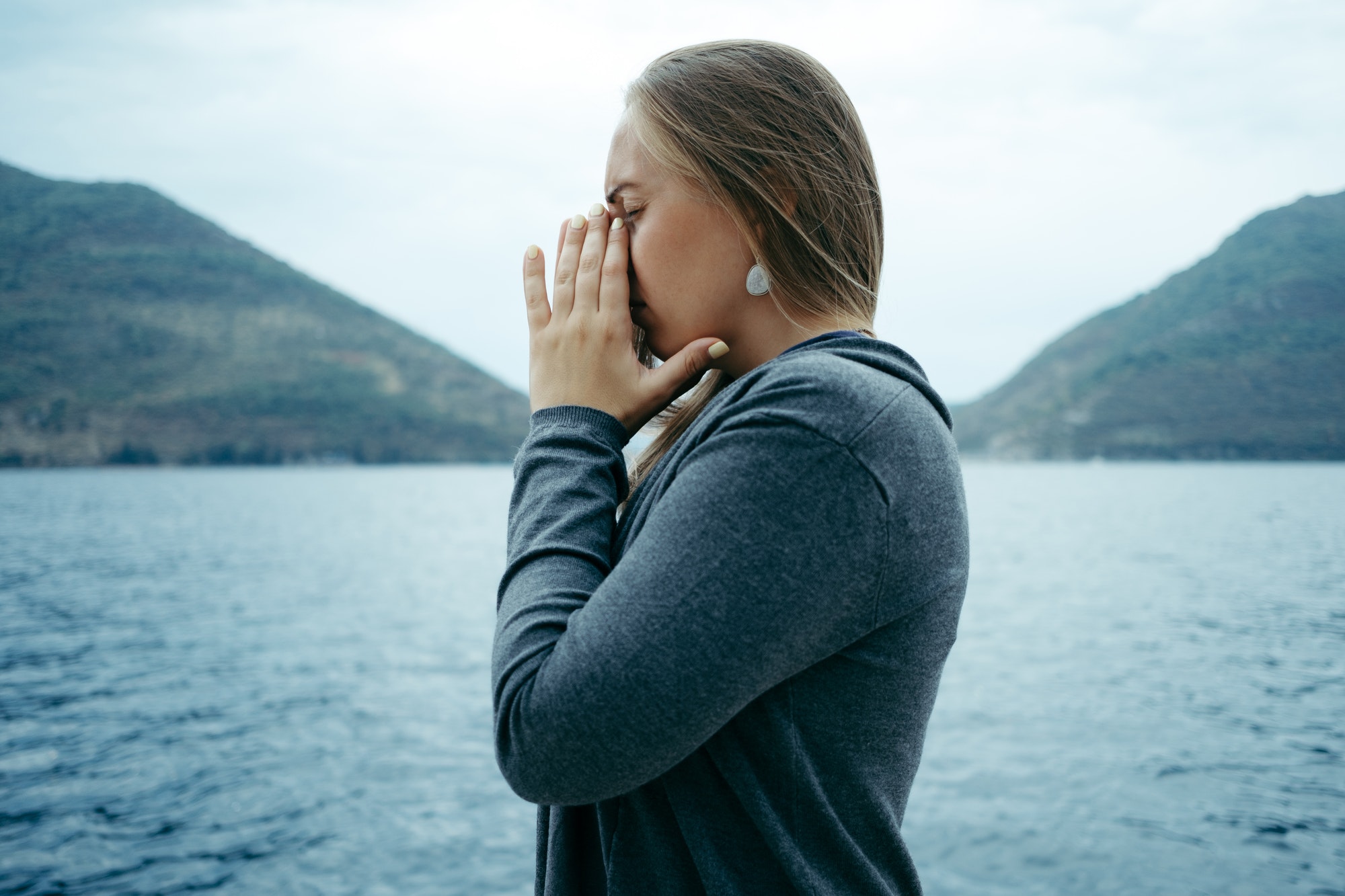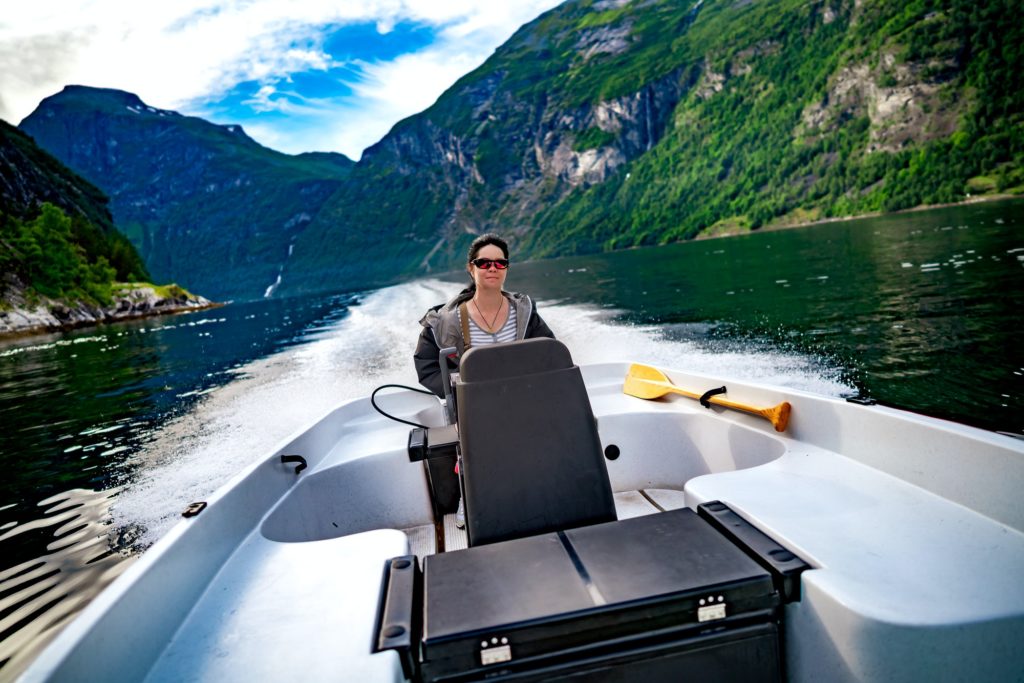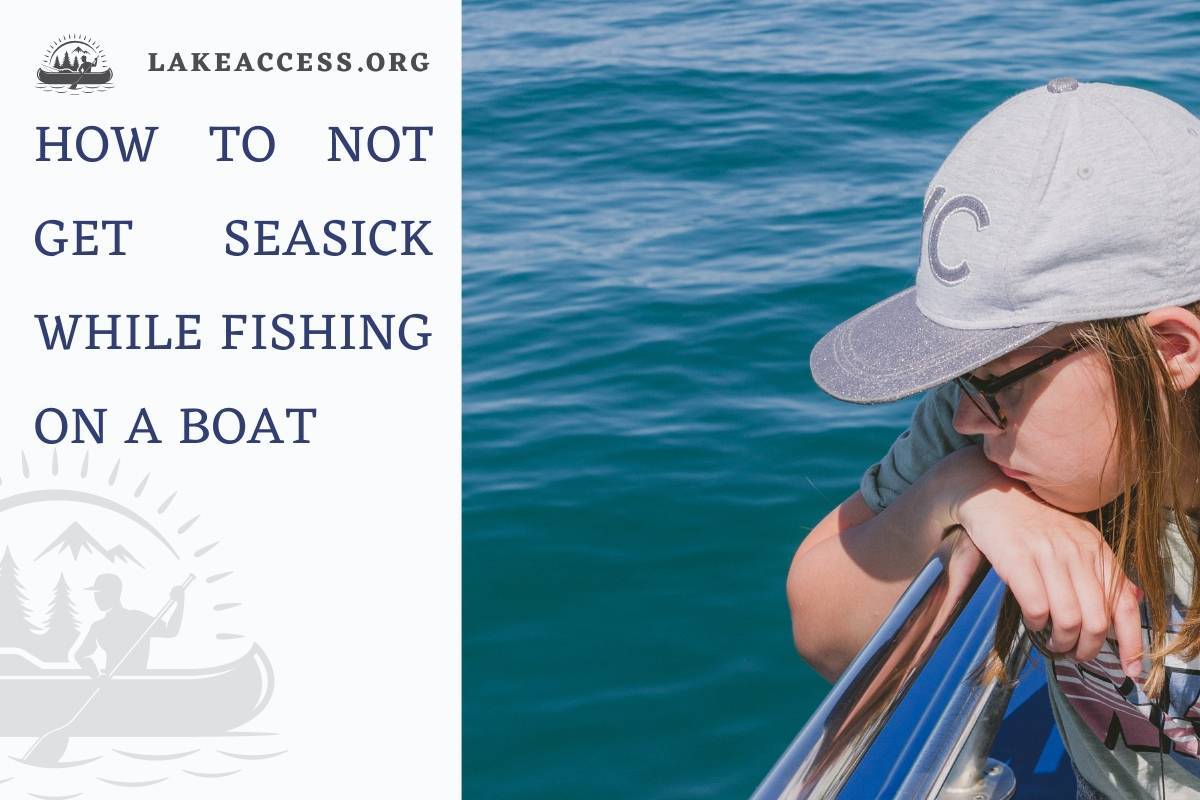Fishing on a boat can be an incredibly exciting and enjoyable experience, allowing you to embrace the tranquility of the open water and the thrill of reeling in a big catch. However, for some individuals, the adventure can quickly be dampened by the unpleasant effects of seasickness. The feeling of queasiness, dizziness, and general discomfort can turn a promising fishing trip into a miserable ordeal. If you’re one of the many people who struggle with motion sickness while fishing on a boat, rest assured that you’re not alone. The good news is that you can employ various effective strategies to prevent seasickness and make your time on the water more comfortable and enjoyable.
What is Sea Sickness?
Seasickness, also referred to as motion sickness at sea, is a common ailment caused by a sensory conflict between your eyes, inner ears, and body. This disorientation can occur when you are on a boat, where the motion disrupts the harmony of your senses. It’s important to understand that even seasoned sailors and anglers can fall victim to seasickness. Therefore, taking proactive measures to prevent it becomes crucial.
Causes of Seasickness
Seasickness is primarily triggered by the discrepancy in sensory information received by your eyes, inner ears (vestibular system), and the rest of your body. These conflicting signals confuse your brain, leading to the characteristic symptoms of seasickness. The main factors contributing to this condition include:
1. Visual-vestibular mismatch: The constant motion can be visually misleading when you’re on a boat. Your eyes perceive a stationary environment, such as the interior of the boat, while your vestibular system detects movement. This mismatch can confuse your brain and trigger seasickness.
2. Inner ear sensitivity: The inner ears, responsible for balance and spatial orientation, are particularly sensitive to motion. The rocking and swaying of a boat can overstimulate the vestibular system, causing seasickness symptoms.
3. Sensory adaptation: If you spend an extended period on a boat, your sensory systems may adapt to the constant motion, reducing the likelihood of seasickness. However, sudden changes in motion or exposure to rough waters can still disrupt this adaptation and induce symptoms.

What Are the Symptoms of Seasickness?
If you’re feeling queasy, there’s a good chance you might be seasick. Nausea is one of the most common symptoms of seasickness, and it can make your trip a lot less enjoyable.
There is no definitive cure for seasickness, but a few options may help mitigate its effects. For example, some people find that consuming spicy, greasy, and large amounts of food helps ease their symptoms. Others find that sitting in the sun or on the boat’s leeward side can make them feel better. And finally, some people find relief by using over-the-counter medications like Dramamine or Bonine.
Symptoms of seasickness can vary from person to person, so it’s important to know what to look for if you want to avoid getting sick while fishing on a boat. By being prepared and knowing what works best for you, you’ll be able to focus on enjoying your time on the water instead of feeling sick in your stomach.

Prevention Tips for Seasickness
Although seasickness can affect anyone, there are proactive measures you can take to reduce the risk of experiencing it. Even experienced sailors and anglers can benefit from these preventive strategies:
Choose the right location: Position yourself in the middle of the boat, where the motion is typically minimized. This location provides a more stable reference point for your senses and helps alleviate conflicting signals.
Maintain visual focus: Look at the horizon or a fixed point in the distance. By keeping your eyes focused on a stable object, you provide your brain with consistent visual input, reducing the chances of sensory mismatch.
Control your breathing: Deep, slow breaths can help calm your body and minimize the symptoms of seasickness. Focus on your breath and try to maintain a relaxed state.
Medications and remedies: Over-the-counter medications such as antihistamines or ginger-based remedies can help prevent or alleviate seasickness symptoms. Consult with a healthcare professional for suitable options and proper dosage.
Stay hydrated and avoid heavy meals: Dehydration and a full stomach can exacerbate seasickness. Drink plenty of water and opt for light, easily digestible meals before and during your boat trip.
Distractions and fresh air: Engaging in distracting activities like listening to music, conversing with others, or enjoying the fresh air on the deck can redirect your attention and reduce the focus on seasickness symptoms.

FAQs
How Long Does Seasickness Last?
Most people who get seasick will only experience symptoms for one or two days. However, there are some people who are more prone to motion sickness and will suffer from it more frequently. Seasickness usually lasts for a few hours, but it can be treated with anti-nausea medicines if necessary.
Motion sickness is common, but seasickness is relatively uncommon. It’s a normal response for healthy people when they’re out on the water. Seasickness isn’t any type of disease, and symptoms are usually only a few minutes or hours. Therefore, seasickness is generally not a serious condition; it can be treated at home with OTC medicines.
Where should you sit on a boat to avoid seasickness?

Generally speaking, sitting in the back of the boat will help keep your balance and reduce Sea sickness. This is because the back of the boat is closer to the waterline, and it blocks any wind from hitting you directly.
That said, different sections of a boat offer different types of protection from the wind. If you’re fishing on a reef during wintertime, for example, then sitting on the mid- or back of a boat will help block winds that can be pretty strong.
Offshore is also popular among anglers because no swells or waves can travel across a boat’s deck with the wind behind them. This makes for much smoother sailing – perfect for those who are prone to seasickness!

